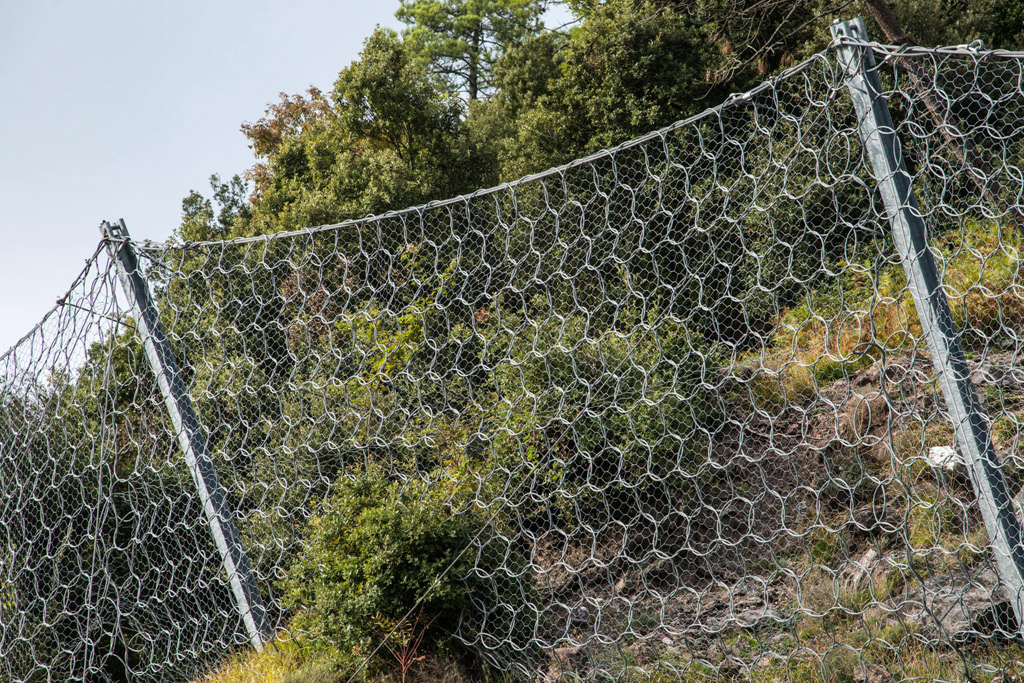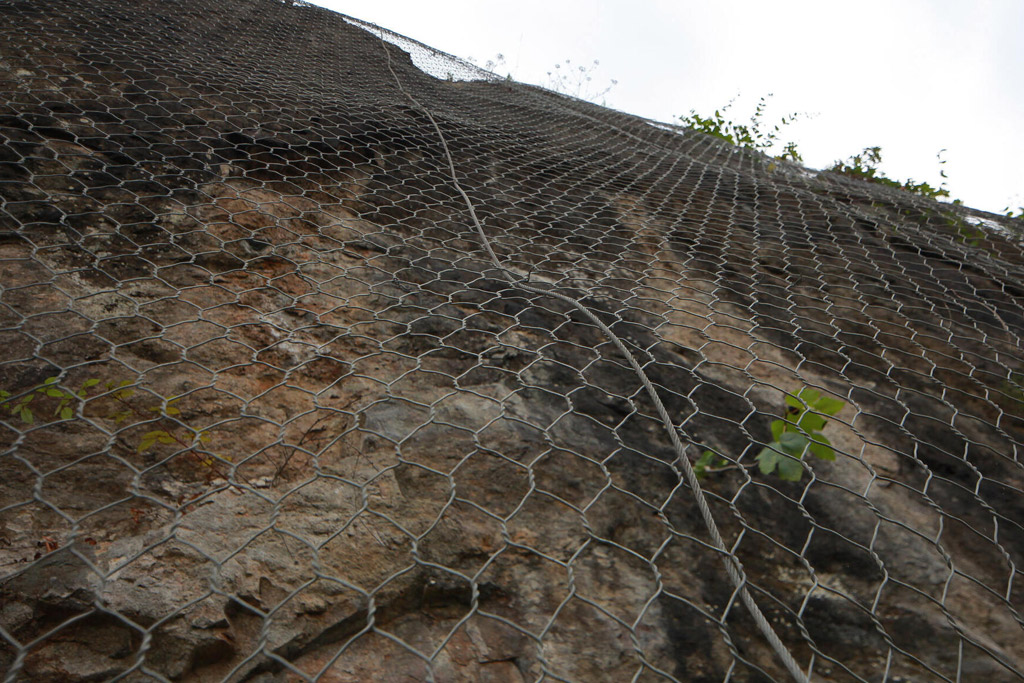The extremely mobile liquid landslides known as debris flows and shallow landslides can contain anything from tiny particles to big boulders and tree branches. They are brought on by too much water on and within slopes, brought on by precipitation, glacier melt, or something similar. When sensitive slopes have had vegetation and other surface protection removed, either by wildfire or clearance, the likelihood of debris flows increases.
The geography often creates channels for debris flows. Debris flows can disrupt or damage infrastructure, block waterways, and cause extensive harm if they are not controlled. In many places, increased rainfall is expected due to changes in the global climate, which meteorologists believe would also have an impact on the frequency of shallow landslides and debris flows.
We offered remedies for the “debris flow” problem. Weir-like structures, which are positioned across weak slopes to reduce the onset of a debris flow and to control it when a flow event occurs, are frequently built on slopes using gabions and Reno mattresses. Double twisted wire mesh gabion structures act as a weir for water flows and offer a long-lasting, reliable solution to debris flows. They have a large capacity and can easily be emptied using excavating equipment if the amount of debris they can hold grows too large.
When access and space are available for their execution, gabion structures are suitable.
Where this is not practicable, though, our unique Debris Flow Barriers can be taken into account. Our Debris Flow Barriers are placed in natural gullies, channels, or chutes on the slope, frequently inside the expected route of the debris flow or shallow landslide. They are made to order to fit the project’s size, the anticipated debris type, and the projected flow volume.
Similar to our rockfall barriers (capture fences), our debris flow barriers also include extra energy absorption components and varied shapes. Additionally, mixtures of rings nets with various diameters are frequently employed as the confinement mesh. Since they have an inherent capacity for energy absorption before loads are delivered to the compression brakes, ring nets are appropriate in these constructions. To allow water and small materials to pass through the barrier, larger diameter ring nets are positioned at the bottom of the construction. The tops of the debris flow structures are covered with our smaller diameter ring nets.
The barriers are typically intended to remain in place until vegetation has recovered on the above-mentioned sensitive slopes. The foundation will remain undamaged after the barrier has been removed. If future threats from debris flows develop, they can be put back in place.
Due to technical, geographical, access, or financial constraints, installing rockfall drapery protection or surface stabilising mesh may not be feasible in certain rockfall hazard conditions. In these circumstances, erecting dynamic rockfall barriers on the slope face frequently offers a practical option.
These moving barriers are set up to catch and halt falling stones and debris. Our rockfall barriers come in “kit form” and are available in a variety of heights, lengths, and energy absorption levels.
We have a special, proprietary compression braking technology for our rockfall barriers. This energy absorption mechanism is a straightforward but efficient one because it continues to function for the duration of the structure’s design life. As it gradually crushes as the fence is contacted, unlike conventional “friction brake” devices, our compression tube brake is very simple for maintenance engineers at our clients to physically monitor. Over the course of the fence’s lifespan, it also doesn’t accumulate corrosion or grit, which might potentially lessen the barrier’s effectiveness in the event of a hit.



